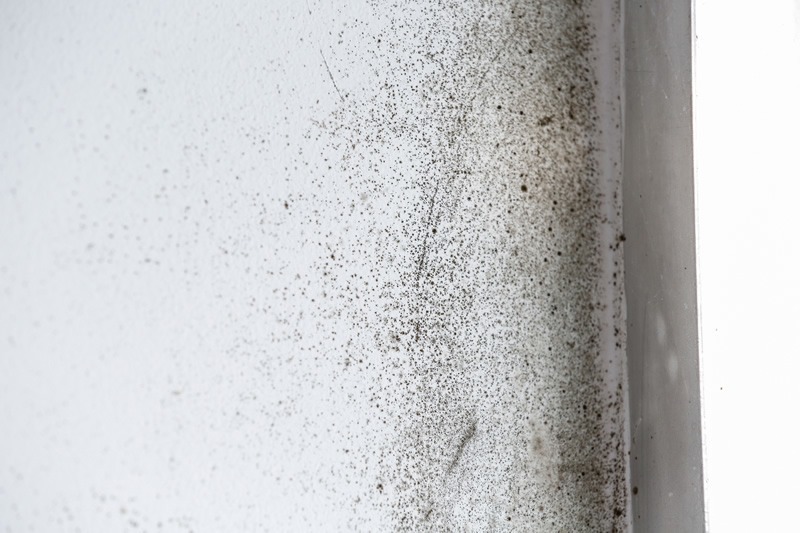When you begin to notice black mould on inner sections of walls of your building take it as a warning that you are have a lingering penetrating damp problem; it is the most common type of damp. People often don’t bother about dampness owing to lack of information. It is in fact a serious condition that can give rise to illness and infections. Therefore, in this article we have thrown light on the topic with the intention to warn you about damp and mould, and how to handle it.
How to handle the Trouble Making DAMP?
We have come up with a few tips on managing damp in the building. But before that let us examine damp; what it is and why treating it early is vital?
Damp in the building is best defined as water getting in where it is not required.
The outer wall, windows, roof and the foundations of the structure are areas that require correct maintenance. If damp ignored will likely appear sooner or later.
Keeping these areas in a-one condition ensures you don’t get damp in your house or building. If you have just discovered this problem immediate treatment can stop its progression!
Dampness problem is basically water getting into the structure, onto surfaces and into spots where its presence will likely encourage expansion of the affected area. One common form of damp called penetrating damp is caused by water getting in through the walls. The second form of damp, known as rising damp, happens when ground water gets into the house after passing the DPC barrier. Dampness usually appears in the lower sections of the wall.
You can take a few initial steps, to manage mould or dampness, but more work need to be carried out to treat the root cause of the problem. A specialist damp proofing Berkshire service is a better option to consider in this situation.
Treating Rising Damp
A malfunctioning DPC is often responsible for rising damp. Clogged up airbricks can also be responsible. If the DPC has failed or is missing you can treat it by injecting certain chemical materials into lower sections of the wall. Holes are drilled with a drilling machine to get the material inside. The material dissolves quickly and settles inside the walls to create a barrier against rising damp.
Treating Penetrating Damp
Wet patches on the walls higher than 5 feet indicate that water has somehow made its way into the wall. A musty smell spreads within the building including the rooms. The clothes may also feel soft and wet. The building may seem cold regardless of that you have the heater on.
A quick inspection will reveal cracks in the walls along with chipping paint. The best solution is a damp-proof exterior wall coating. It is easily available in the market. Taking the required steps and carrying out timely inspections can go a long way in ensuring that damp doesn’t trouble you.
Damp is a serious problem that requires to be taken care of immediately to avoid any damage to your building.

